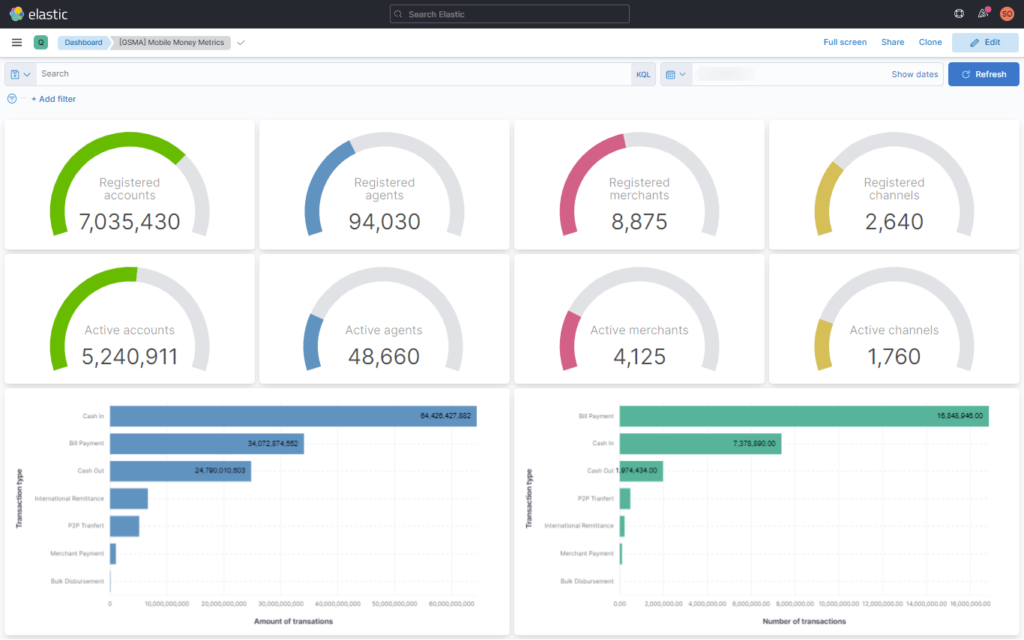Today communication is at the heart of global connectivity. Telecom operators play a pivotal role in ensuring that voice and data services reach people, businesses, and nations seamlessly. However, with great power comes great responsibility, and in the world of telecoms, this also means safeguarding against wangiri fraudsters who are constantly devising new ways to exploit vulnerabilities.
Named after the Japanese words for “one ring and drop,” Wangiri fraud involves fraudsters making short, enticing phone calls or sending SMS messages to unsuspecting victims. When recipients call back or respond, they are charged exorbitant fees, and the fraudsters reap the profits. This scheme has far-reaching implications, affecting telecom operators, businesses, and end-users alike.
The Cat-and-Mouse Game
The fight against Wangiri fraud is akin to a cat-and-mouse game, with fraudsters continually refining their tactics to evade detection. Traditional fraud prevention methods often fall short in the face of these evolving schemes. Telecom operators have had to seek innovative solutions to tackle this menace effectively.
The Power of AI in Wangiri Fraud Prevention
Enter Artificial Intelligence (AI), the game-changer in Wangiri fraud prevention. AI-driven data solutions are revolutionizing the telecom industry’s ability to detect and prevent this fraudulent activity. Here’s how AI is turning the tide:
Analyzing Call Patterns
AI algorithms analyze massive datasets of call records, identifying patterns and anomalies that would be virtually impossible for human operators to discern. They can swiftly flag potential Wangiri attacks based on call frequency, duration, and other parameters.
Real-Time Monitoring
One of the standout features of AI-driven solutions is their real-time monitoring capabilities. This means that suspicious call patterns are identified immediately, allowing telecom operators to take swift action to block fraudulent numbers or routes.
Predictive Analytics
AI doesn’t just identify ongoing Wangiri fraud; it can also predict potential future attacks based on historical data. This proactive approach enables operators to thwart fraudsters before they even launch their schemes.
Automated Fraud Detection
By automating the detection process, AI frees up human resources to focus on higher-value tasks. This efficiency not only saves time and money but also enhances the overall effectiveness of fraud prevention efforts.
Best Practices for Wangiri Fraud Prevention
For fraud detection managers and telecom operators looking to bolster their defenses against Wangiri fraud, here are some best practices to consider:
- Invest in AI: Embrace AI-driven solutions that can adapt to new fraudster tactics.
- Collaborate: Engage in collaborative data sharing with industry stakeholders and other telecoms.
- Continuous Learning: Stay informed about emerging Wangiri fraud trends and threats.
- Proactive Monitoring: Implement real-time monitoring to catch fraud in action.
- Customer Education: Educate customers about Wangiri fraud and how to avoid falling victim.
- Regular Audits: Conduct regular audits of your network to identify vulnerabilities.
Preparing for the Future
The landscape of Wangiri fraud continues to evolve, but with AI-driven data solutions, telecom operators can stay one step ahead of fraudsters. As technology advances, so too does our ability to protect the integrity of global telecommunications networks. Through proactive measures and innovative solutions, we can outsmart Wangiri fraudsters and keep the lines of communication clear and secure.
Wangiri fraud is a persistent threat in the telecom industry, but it’s not one that operators have to face alone. AI data solutions offer a powerful defense, providing real-time monitoring, predictive analytics, and automated fraud detection By implementing these solutions and following best practices, operators can protect their networks, customers, and bottom lines from the ever-evolving tactics of Wangiri fraudsters.
Introducing S-ONE FRAUD Your Shield against Wangiri fraud?
In the fight against Wangiri fraud, synaptique offers a powerful data solution S-ONE FRAUD .
How S-ONE FRAUD Works?
- Real-time Alerts: Immediate notification of potential fraud.
- Fraudster Database: Constantly updated databases of known fraudsters and scam numbers.
- Machine Learning Models: Evolving models that adapt to new fraud tactics.
- Integration with Operator Systems: Seamless integration with existing telecom infrastructure.
- Scalability: Solutions that can handle high volumes of data and adapt to network expansion.
Download the S-ONE FRAUD Wangiri brochure to uncover the full spectrum of benefits and features of the solution.
For a live demonstration of S-ONE FRAUD Wangiri monitoring capabilities, Book a Call today and see how we can transform your revenue assurance processes.
